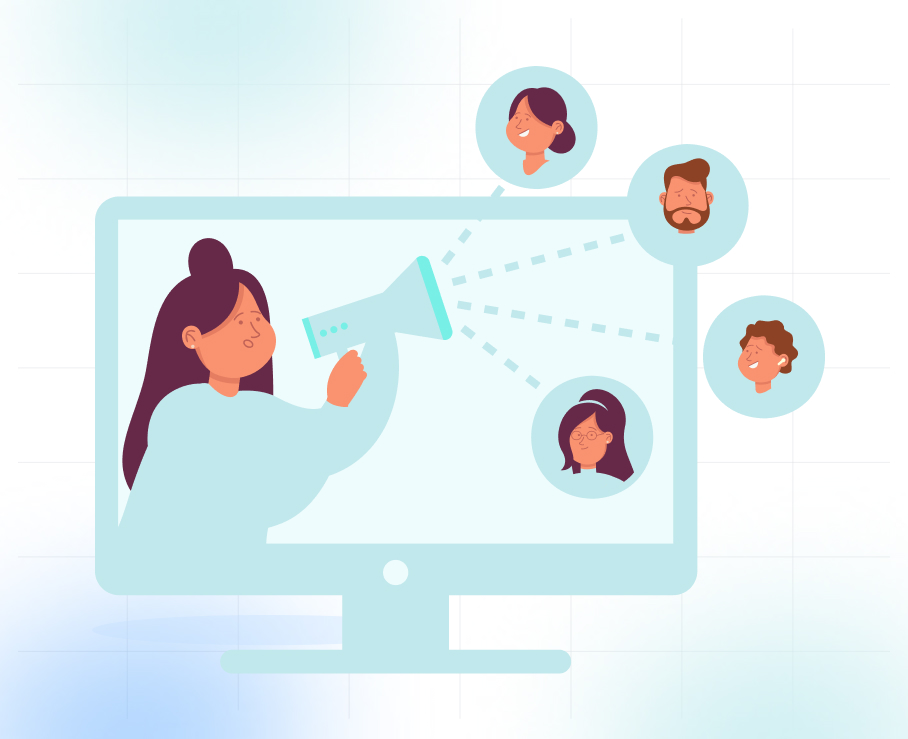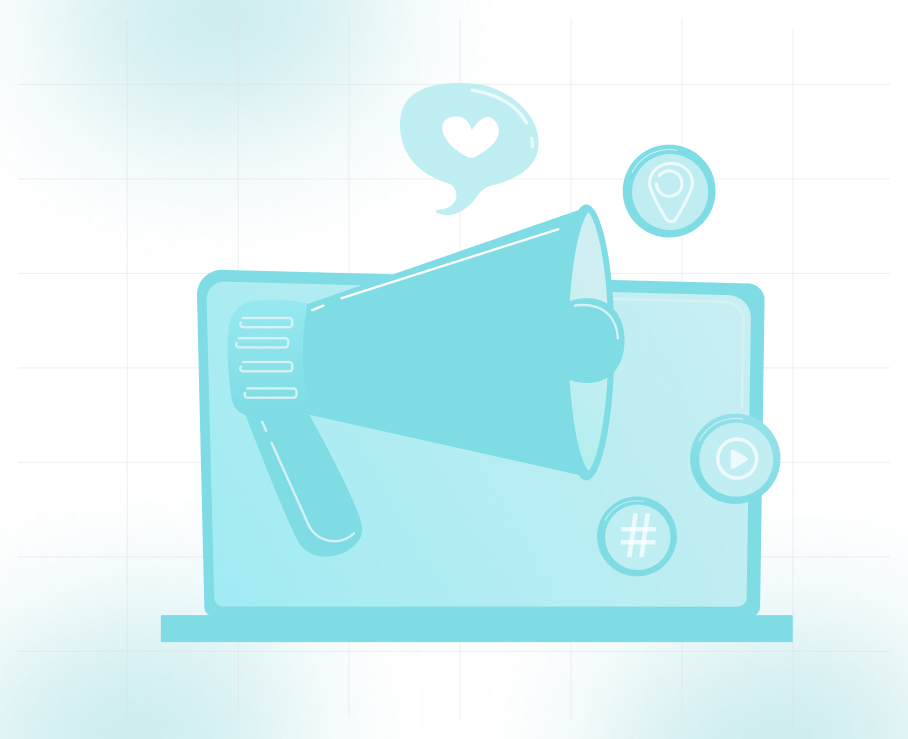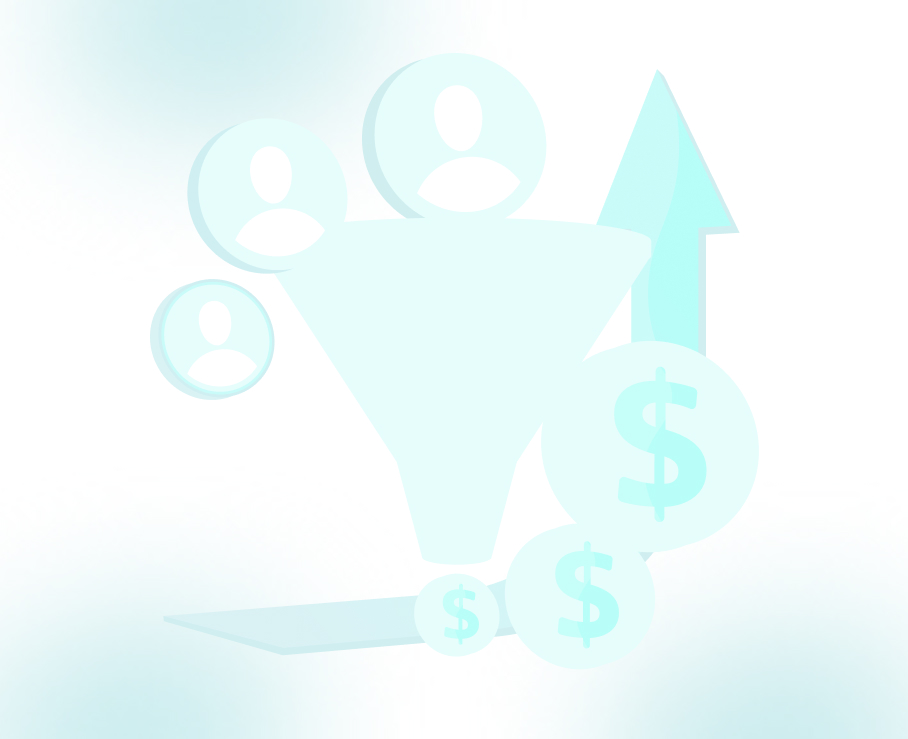
Effective B2B Outreach Strategies for Maximizing Sales

Only 2% of B2B sales happen at first contact, yet 44% of sales reps give up after just one follow-up. In today's saturated B2B environment, especially for decision-makers is no longer optional; it's essential.
And while the channels have multiplied, the challenges haven't changed. In fact, 45% of B2B businesses still struggle to generate enough qualified leads. What's needed isn't more noise, it's smarter outreach strategies that focus on conversion, personalization, and long-term growth.
In this blog, we'll break down proven B2B outreach tactics that help you reach the right audience, start better conversations, and drive Monthly Recurring Revenue (MRR).
What is B2B Outreach?

B2B outreach is the process of proactively initiating contact with businesses to introduce a product, service, or solution, with the ultimate goal of starting sales conversations or building long-term partnerships.
But outreach isn't about sending the same message to everyone. It's about connecting with the right decision-makers, with the right message, at the right time.
Here are its key components:
- Targeted Prospecting: Identify businesses and stakeholders who closely match your ideal customer profile (ICP).
- Personalized Communication: Tailor your messaging to the specific challenges, roles, and goals of each recipient.
- Channel Prioritization: Focus on high-conversion outreach channels like email while complementing them with additional touchpoints where necessary.
- Clear Value Proposition: Showcase tangible business outcomes, not just features, to highlight why the offer matters.
- Timely Follow-Ups: Maintain visibility and trust through follow-ups that add value, not noise.
- Data-Driven Improvements: Use performance metrics (open rates, replies, conversions) to continuously optimize outreach strategy.
Next, let's explore the key strategies for making your outreach efforts not only active but wildly effective.
Top B2B Outreach Strategies

Reaching out is easy, but getting a response is where the real strategy begins. Therefore, it is important to know B2B outreach tactics that actually drive conversations and conversions.
Here are some strategies that will help you:
Strategy 1: Defining Your Target Audience
The foundation of any successful B2B outreach strategy is precision. Without knowing who you're speaking to and why they should care, even the most well-crafted messages fall flat.
A well-defined target audience ensures you focus efforts on the most promising leads and craft messages that speak directly to their needs, industry challenges, and buying behavior.
How to apply this effectively:
- Start with Your Best Clients: Look at your top-performing accounts. What industries are they in? What challenges did your solution solve? Use this to shape your Ideal Customer Profile (ICP).
- Segment Strategically: Create audience segments based on company size, vertical, geography, and buyer stage. Outreach works best when it's relevant and specific.
- Understand the Modern Buyer: Today's B2B buyers engage with 3–7 pieces of content and visit up to 7 websites before speaking with sales. Your outreach must support this journey, not interrupt it.
- Use Analytics: Track engagement metrics across campaigns. See who's opening, clicking, and converting, then refine your segmentation and messaging accordingly.
Strategy 2: Crafting Compelling Outreach Messages
Your message is often your only shot, and in today's B2B inbox, you've got seconds. Your outreach is your first impression, especially over email; it needs to earn attention fast. A compelling email isn't just grammatically clean; it's relevant, value-driven, and personal.
It must be short, specific, and tailored to the prospect's priorities. It's not about your product; it's about their pain point and how you solve it.
How to implement the strategy properly:
- Lead with Value, Not Features: Skip the generic intros. Instead, open with a benefit or data point that speaks to a problem they're likely trying to solve.
- Write for Decision-Makers: Use language that aligns with your ICP, sales managers, BDMs, or founders don't need fluff. They want clear outcomes and ROI.
- Hyper-Personalize Without Overdoing It: Go beyond {{firstName}}. Reference recent news, business milestones, or common industry challenges. Avoid guessing; base it on real data.
- Optimize Subject Lines: A/B test 2–3 versions per campaign. Shorter (under 50 characters), curiosity-driven subject lines often outperform formal ones.
- Respect Compliance: Make sure your emails follow CAN-SPAM regulations: include an unsubscribe option, use business domain addresses, and avoid misleading headers.
- Use a Clear CTA: Guide them to a specific action, "Schedule a Call," "Explore How We Can Help," or "Pick a Time." A single CTA works better than a menu of options.
Strategy 3: Choosing the Right Outreach Channel
Outreach isn't just about what you say, it's where you say it. In B2B sales, choosing the right communication channel means meeting your prospects where they're most likely to respond.
Email remains the most reliable and scalable channel for reaching decision-makers. It's non-intrusive, measurable, and highly customizable, making it ideal for initiating cold conversations that convert.
How to apply this effectively:

- Avoid Low-Yield Channels: Phone calls and LinkedIn messages often go ignored in B2B, especially with mid-senior professionals. Focus on channels that allow for automation, segmentation, and measurable performance.
- Create Multi-Touch Sequences (Within Email): Use a planned sequence of 4–7 email touches across several days/weeks. Alternate value-driven messages with soft check-ins.
- Track What Works: Monitor opens, clicks, replies, and meeting bookings. Drop underperforming touchpoints, and double down on the ones driving conversions.
- Maintain Consistent Messaging: Whether it's your first email or your fourth follow-up, reinforce the same core value and how you help them solve a specific problem.
Pro tip: The best channel is the one your ICP actually responds to, and for 59% of B2B marketers, email is their most effective channel for generating revenue.
Strategy 4: Nurturing and Engaging Leads
Most B2B prospects won't convert after a single touch, and that's expected. Effective lead nurturing ensures you stay top-of-mind until they're ready to buy. Done right, it shortens sales cycles, improves conversion rates, and boosts long-term MRR.
How to apply this effectively:

- Segment Your Leads by Intent and Stage: Not every lead needs the same message. Use buyer stage, industry, and behavior to segment your nurture flows.
- Create Value-Driven Sequences: Share content that informs and builds trust, think short insights, relevant case studies, or industry benchmarks. Make it clear how your solution solves their specific problem.
- Use Email to Stay Consistent: Email is still the most reliable lead-nurturing tool. According to Reports, lead-nurturing emails generate up to 10x the response of generic blasts.
- Automate with Precision: Use tools that trigger messages based on behavior (link clicks, page visits, etc.), ensuring your timing is as targeted as your message.
Strategy 5: Measuring and Optimizing Outreach Efforts
Outreach without measurement is like aiming in the dark. To drive revenue, you need to track what's working and, more importantly, what's not. The goal is to drive sales-qualified leads, appointments, and ultimately, recurring revenue.
How to implement the strategy properly:

- Track Metrics That Drive Pipeline: Focus on KPIs like email open rate, response rate, meeting-booking rate, and SQL conversion. These directly impact your MRR.
- A/B Test Every Step: Subject lines, message copy, CTAs, and send times should all be tested in isolation. Keep the winners and ditch the rest.
- Use Real-Time Dashboards: Leverage analytics tools that offer instant visibility into campaign health. Track leads by segment, campaign, and sales stage.
- Tie Outreach to SQL Output: Align your measurement framework with how many Sales Qualified Leads are being generated, not just how many people replied.
Strategy 6: Personalization and Customization at Scale
Personalization isn't a luxury in B2B outreach; it's an expectation. But when you're targeting high-value accounts, a generic won't cut it.
That's where Account-Based Marketing (ABM) comes in. ABM lets you focus on fewer, better prospects, the ones most likely to convert, and deliver messaging that speaks directly to their challenges, roles, and goals.
How to implement the strategy properly:
- Identify High-MRR Accounts: Use firmographic filters and past performance data to isolate accounts with the highest recurring revenue potential.
- Tailor Messaging by Role and Pain Point: Customize your email sequences based on the decision-maker's job title and their business challenges, not just the industry.
- Automate with Context, Not Generic Blasts: Use tools that trigger personalized emails based on lead behavior (downloads, site visits, email opens).
- Unite Sales and Marketing: Ensure both teams collaborate on account research and campaign delivery for consistency across all touchpoints.
When every message feels like it was written just for them, prospects are far more likely to convert.
Conclusion
B2B outreach that works isn't built on hustle alone; it's built on structure. With the right strategy, consistent optimization, and personalization at scale, your outreach becomes more than just messages; it becomes a predictable engine for meetings and revenue.
At The Lead Market (TLM), we help businesses turn disconnected outreach into a system that delivers real outcomes:
- Sales-Qualified Leads that meet your exact criteria
- Appointment Setting that fills your pipeline with real conversations
- Account-Based Marketing that turns top prospects into long-term clients
FAQs: Everything else you need to know
1. How often should I follow up with a B2B prospect?
5–7 follow-ups over 2–3 weeks usually work best. But timing, tone, and message quality are what really drive replies.
2. What's the ideal time to send B2B outreach emails?
Tuesdays to Thursdays, between 8–11 AM (prospect’s local time), tend to yield higher open and response rates.
3. Should I use automation tools for outreach?
Yes, but selectively. Automation should support personalization, not replace it; quality beats quantity.
4. How does TLM help improve B2B outreach?
We craft and manage your entire outreach funnel, from identifying ideal buyers to scheduling qualified appointments.
5. Is email better than LinkedIn or cold calling?
For most B2B audiences, especially in MSP, tech, or staffing, email delivers the best balance of reach, cost, and conversion. TLM specializes in email-first strategies for this reason.
6. Do outreach strategies change by industry?
Absolutely. Outreach for tech buyers is very different from manufacturing or staffing. That's why we tailor outreach campaigns based on vertical, role, and decision cycle.






